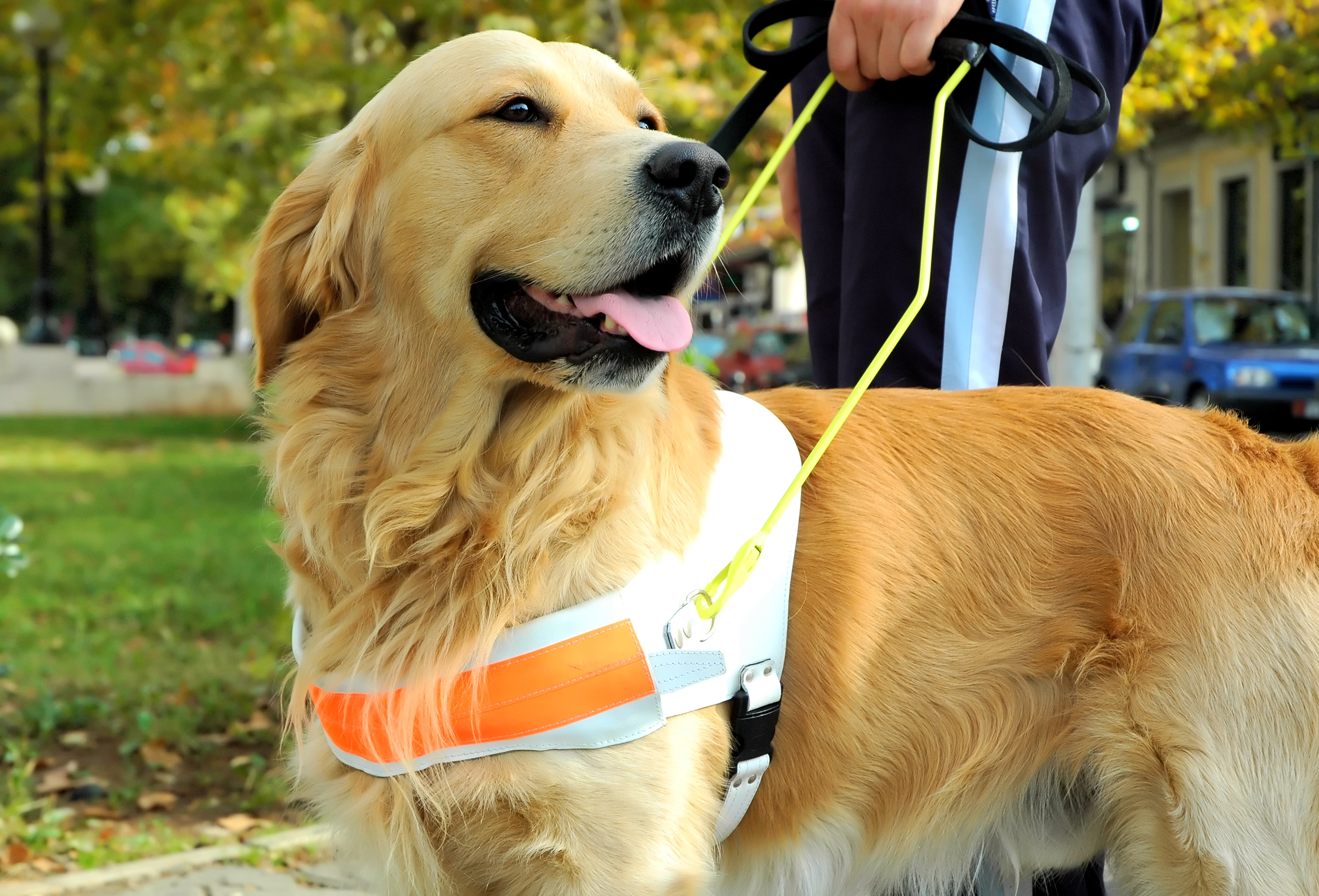Companion pets for people with disabilities
Companion pets are often dogs that mainly provide emotional support to people with disabilities.
pets
Share

Although their work is to accompany people with physical, psychological or sensory disabilities, it is important to know that they are working dogs and there is a difference between assistance and therapy dogs. One of the most important differences is that assistance dogs live with the person they are assisting, while therapy dogs live with their guide and travel with their guide and a therapist to carry out a specific therapy, for a specific amount of time.
What is an assistance dog?
An assistance dog is a dog whose work is to assist the person they live with. In other words, they perform a function that the person cannot do for themselves. The best-known case is of dogs that accompany blind people, but there are many more. These include dogs that detect low blood sugar levels in diabetic people, dogs that help deaf people or those that help people with reduced mobility.
It is a 24-hour job, since the dog lives with their owner and assists them at all times, both at home and away from home. They are animals that are trained from being puppies to perform this job and are approved by the corresponding Authority so they are allowed to enter anywhere that their owner goes.
How do animals help people with disabilities?
It has been proven that animals are a very significant motivational element for people with disabilities. This is the value that they have when it comes to carrying out animal-assisted therapy.
Depending on the person’s disabilities and the objective they wish to achieve, the therapist carries out their work accompanied by the dog and its guide. Children with autism spectrum disorder, people with Alzheimer's or cerebral palsy happily welcome their canine “therapist”, which motivates them to carry out actions that, otherwise, they would not make the effort to do.

In addition to therapy, the dogs are used in schools as companions and as a motivational element for learning with children with attention deficit problems, as emotional support for children that have to go to court to give evidence on family issues, as support for victims of domestic violence, to accompany ill children in hospitals or to combat bullying.
Although dogs are the most widely used animals for therapy and companionship, nowadays small animals are also used, such as rabbits, guinea pigs or lovebirds, since they are animals that children or the elderly can pick up in their arms and feel supported by them.
Equestrian therapy is also a great help, especially for people with motor impairment and other degenerative diseases. Horses provide mobility that the person with the disability does not have, and they provide benefits, such as improving the motor system, improving balance and coordination and increasing self-confidence, among other things.
Of course, we must not forget that, in addition to the therapeutic benefits, animals provide happiness and love without expecting anything in return. They are appreciative company and they are always there when they are needed.






